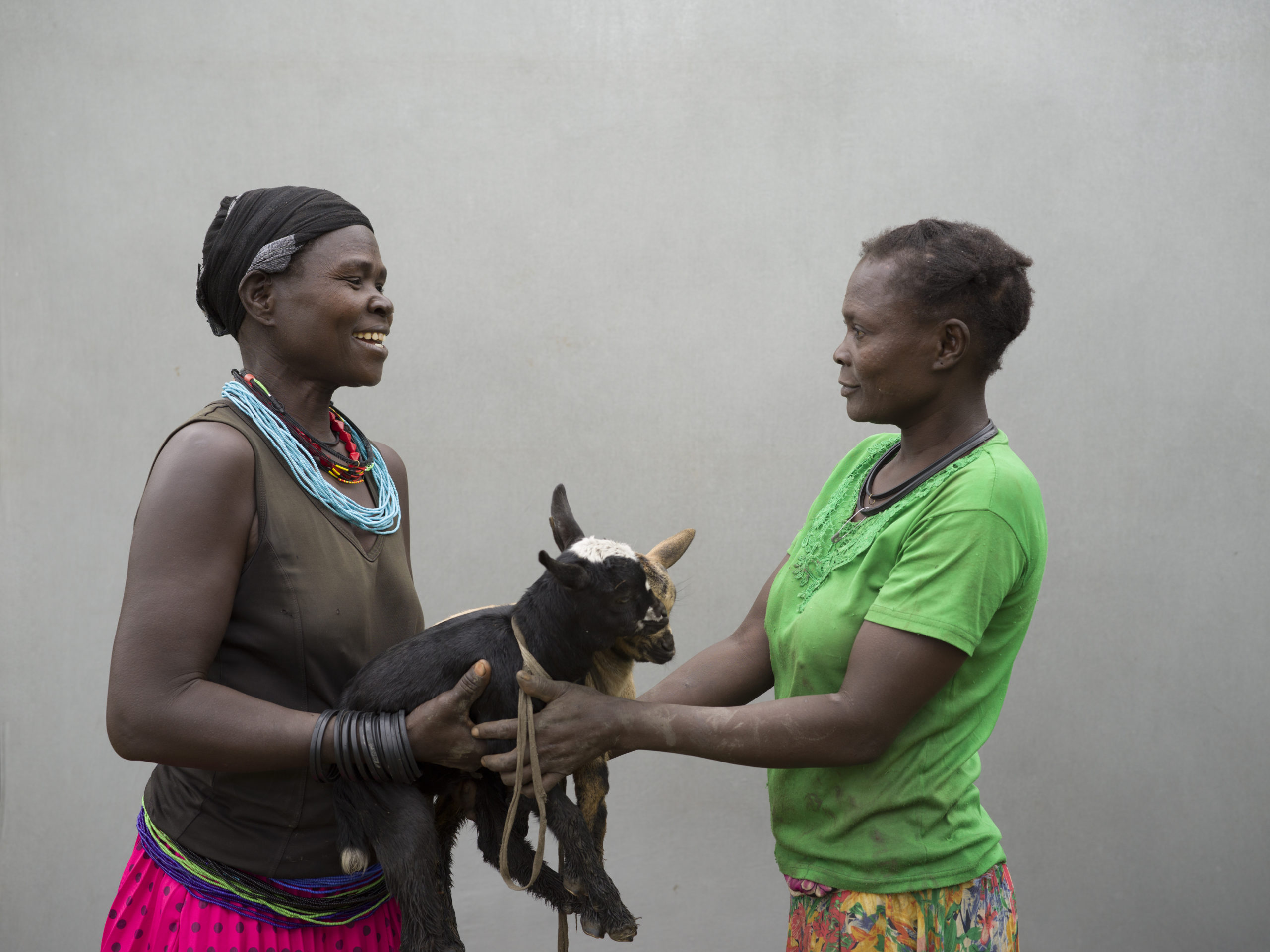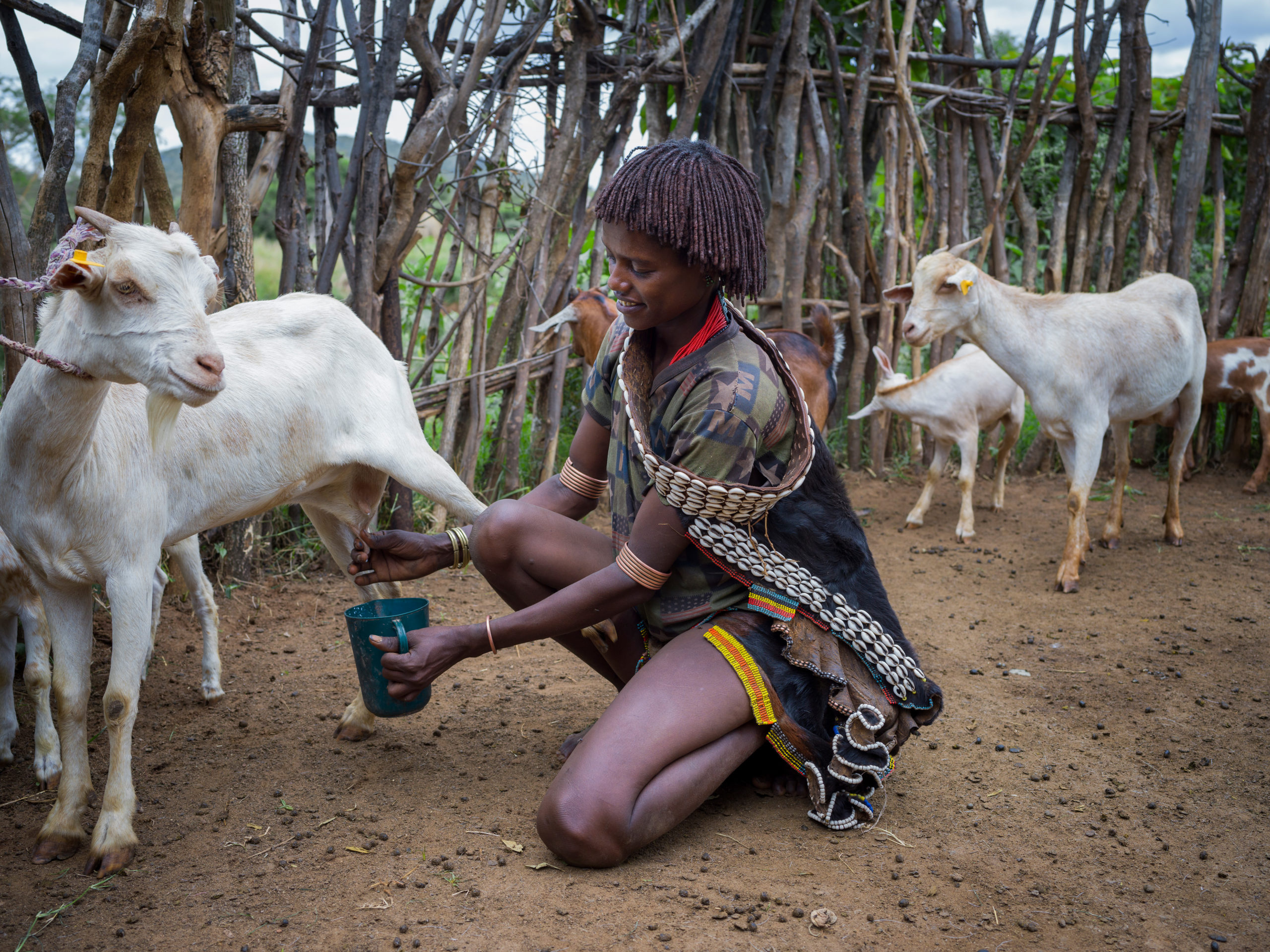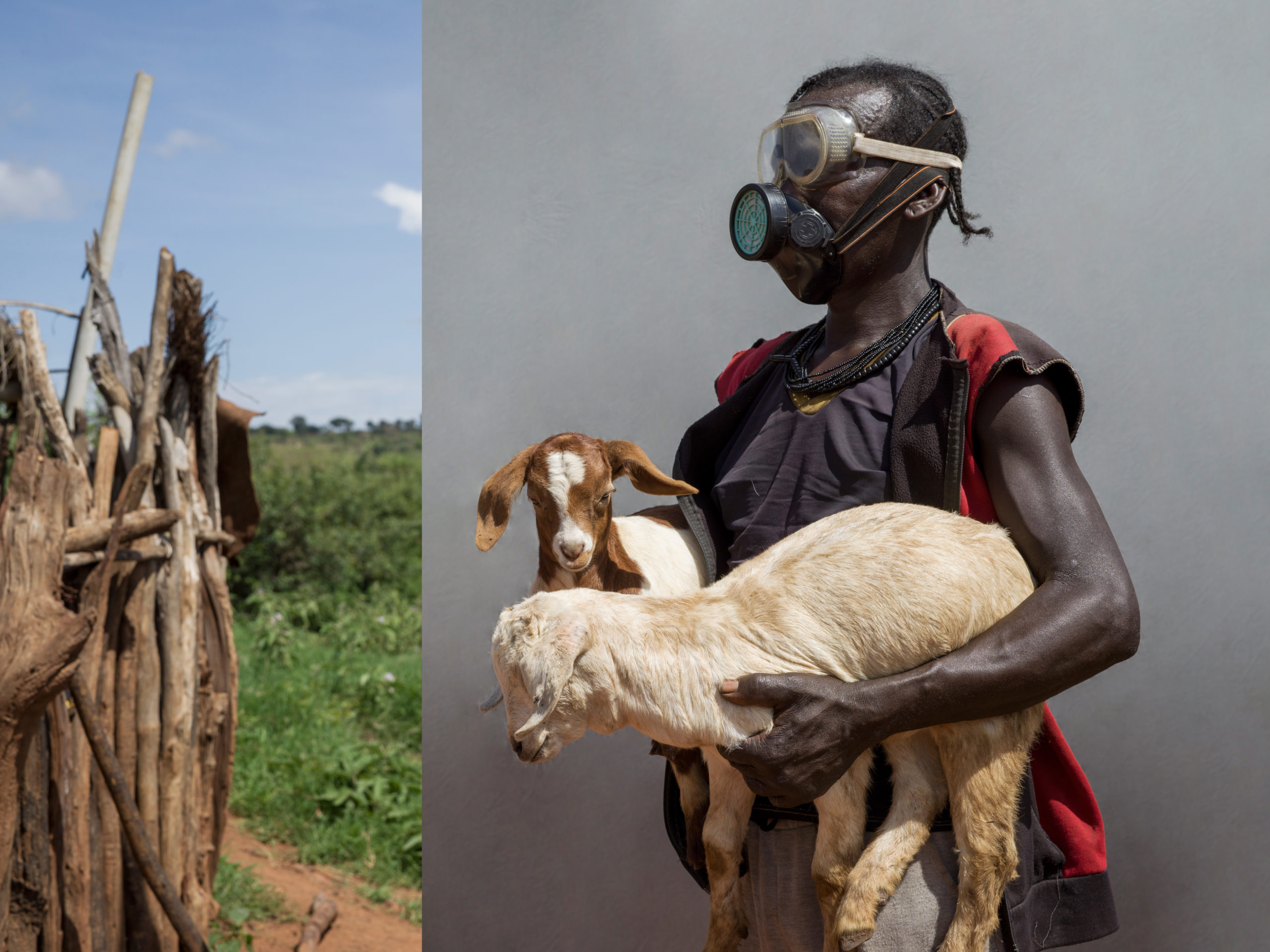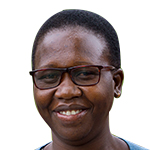Meron Yomcwiny, Project Coordinator at Farm AfricaMeron Yomcwiny explains how the Livestock for Livelihoods project is empowering pastoralist women in rural Uganda and Ethiopia to earn their own incomes and better support their families.
Across pastoralist areas in rural eastern Africa, it is traditionally a mother’s role to ensure that there is enough food for the family and that children have clothing, go to school and can access medical services when they are sick.
However, all these basic human needs cost money – something that few female pastoralists have access to.
While women work hard, they seldom earn their own incomes. In most cases, women have to ask their husbands for money – for the smallest of purchases to larger sums for costs like school fees.
Ownership of property, including livestock, is usually the preserve of men.
Yet men are not always able to provide enough money to meet their families’ basic needs. Lack of sufficient food, coupled with poor knowledge about the importance of balanced diets, means that malnutrition is widespread – particularly amongst women and young children.
And when money is tight, many children – especially girls – can miss whole terms of school at a time. Amongst mothers, many of whom never attended school, illiteracy is the norm.
In the pastoralist areas of Karamoja in north-eastern Uganda and South Omo in southern Ethiopia, the international non-governmental organisation Farm Africa is helping women earn their own money by setting up goat rearing businesses.
Through its Livestock for Livelihoods project, funded by the UK government’s UK Aid Direct scheme and Jersey Overseas Aid, Farm Africa is not only empowering women economically, which contributes towards the first Sustainable Development Goal (SDG) of no poverty. The programme is also helping them to improve their families’ nutrition, advancing progress towards the second SDG of zero hunger.
Revolving goat scheme
By first establishing Women’s Livestock Groups, Farm Africa then provides two or three goats to selected women in these groups, on the understanding that they will then pass on two or three goat kids to other members down the line.

Miriam Aveman from Napak in Karamoja, Uganda (left) will soon pass two of her goat’s kids to Aguma Santina (right).
Photo credit: Chris de Bode / Panos Pictures
Miriam Aveman from Napak in Karamoja, Uganda is one of these recipients. She will pass two of her goat kids onto fellow group member Aguma Santina when they reach seven months old.
“I am happy to pass them on because it is my debt – I will relax when I have paid it off. I hope to replace them by my goats having more kids,” said Miriam.
“I will be able to get milk from the goats, which I will split half-and-half – for every litre of milk I get, half will go to my children and half will be sold. My family will have more diversity in their diets when they have milk – the children will have better nutrition, which will improve their health.”
Improved breeds
Farm Africa additionally helps the women to crossbreed local does with exotic, high-yielding breeds of buck – Toggenburg in Uganda and Boer in Ethiopia. The resulting offspring grow faster and produce more milk and meat than local goats.

Dile Bokoro, from South Omo, milking one of her goats.
Photo credit: Chris de Bode / Panos Pictures
Dile Bokoro from Hamer in South Omo, Ethiopia breeds goats with this support.
“The buck is an improved breed from South Africa,” she said. “When female goats breed with it, they give birth to better crossbreeds, which produce lots of milk and cheese and better meat compared to the others.”
Community animal health workers
Healthy goats produce more kids, milk and meat. The Livestock for Livelihoods project has therefore also trained Community Animal Health Workers (CAHWs), who provide basic veterinary services to help the women keep their goats in good health.
Tukara Doide is one such health worker from Bena Tsemay in South Omo, Ethiopia. He said: “Mainly, in occurrences of animal disease outbreaks, it’s the CAHWs like me who are on the frontline identifying onsets. People get charged each time they obtain the service, there is no free delivery except vaccines, and this is the secret behind the availability and sustainability of the service.”

Community Animal Health Worker Tukara DoideI serves his community by treating goats, sheep and cattle.
Photo credit: Chris de Bode / Panos Pictures
Improved incomes and nutrition
Through this programme, women such as Beka – also from Bena Tsemay – are able to run thriving goat rearing businesses and earn their own incomes – money that can be used to buy more food for their families or pay for their children to go to school.
“I have seven goats now. I am getting milk from two – I give it all to the children,” Beka said. “Goats mean food. They are money as well, they bring my family money which means I can pay for medical expenses or buy clothes.”

Beka Bergi Gaito, from South Omo in Ethiopia, with one of her seven goats.
Photo credit: Chris de Bode / Panos Pictures
An outdoor exhibition of photos from the Livestock for Livelihoods project by Panos Pictures photographer Chris de Bode will be held on London’s South Bank from 3 October to 6 November 2020.


Comments
You are doing such a great work to empower women through livestocks especially goats.Iam in Tanzania tried to do the same through my NGO am asking if Heifer organization is also implementing it’s support here.
I save Masai women who are animal keeping especially goat.If you empower a masai women with one goat it mean alot to her life journey.